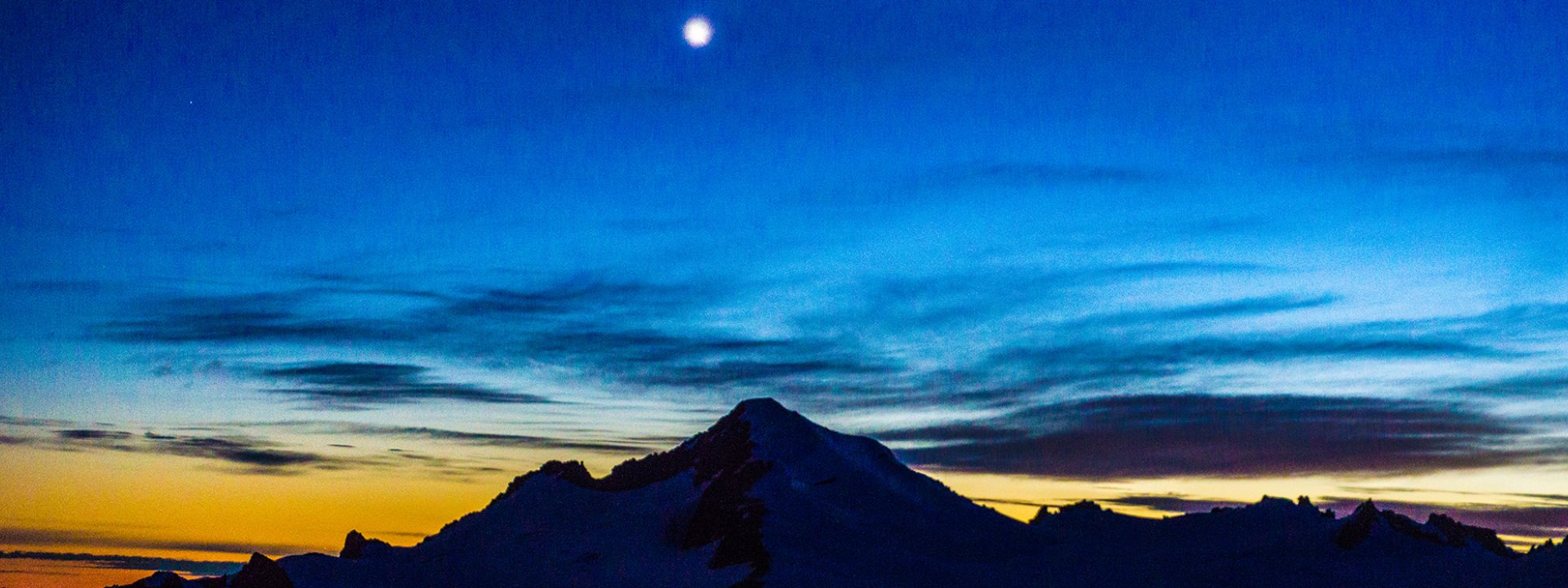Becoming an AMGA certified alpine guide is a long and demanding process. It not only takes climbing skill and guiding experience it also takes a great deal of hard work on courses and exams. The alpine program is one of the most difficult AMGA programs to make it through. It requires four AMGA courses followed by a ten-day exam to obtain certification (not to mention the avalanche course and first aid requirements). At bare minimum, this typically takes most guide candidates three years to complete.
In addition to the alpine program a guide must also go through the Rock and Ski Mountaineering programs in order to obtain the international IFMGA mountain guide's license. While this license is not required to guide in the United States it is becoming the standard for the next generation of mountain guides in the US. Next time you hire a guide ask about his or her certifications or AMGA training.
NCMG owners Jeff Ward and Larry Goldie are IFMGA licensed mountain guides and hold AMGA certifications in alpine, rock and ski mountaineering. They also spend a good portion of the year teaching courses for the AMGA. Jeff just returned from teaching the Alpine Guides Course in the Tetons. This is the second course in the alpine guide discipline. It is a nine-day course focusing on techniques to safely move guests through complex alpine terrain efficiently and effectively.
Often times the most difficult terrain to manage for an alpine guide is the "easier" 4th class/easy 5th class terrain and moderately steep snow. This type of terrain is relatively easy technically but often is high consequence terrain if someone were to fall. This course focuses on teaching guides how to move through this terrain quickly while providing adequate security.
Much of this terrain is managed by using terrain belay as opposed to "traditional" anchored belaying. This enables the guide to increase security without slowing down the speed of the team.
These courses are a good opportunity to learn from experienced instructors that have spent decades guiding people through the mountains and it also give candidates the opportunity to learn from other students that have been guiding all over the world.
Both Larry and Jeff feel very fortunate to be a part of the AMGA instructor team. They have had the unique opportunity to teach the next generation of professional mountain guides and continue to learn from each one of them.
If you would like to find out more about AMGA certification or the IFMGA license you can check out either website at amga.com or ivbv.info, or contact us for more information.











